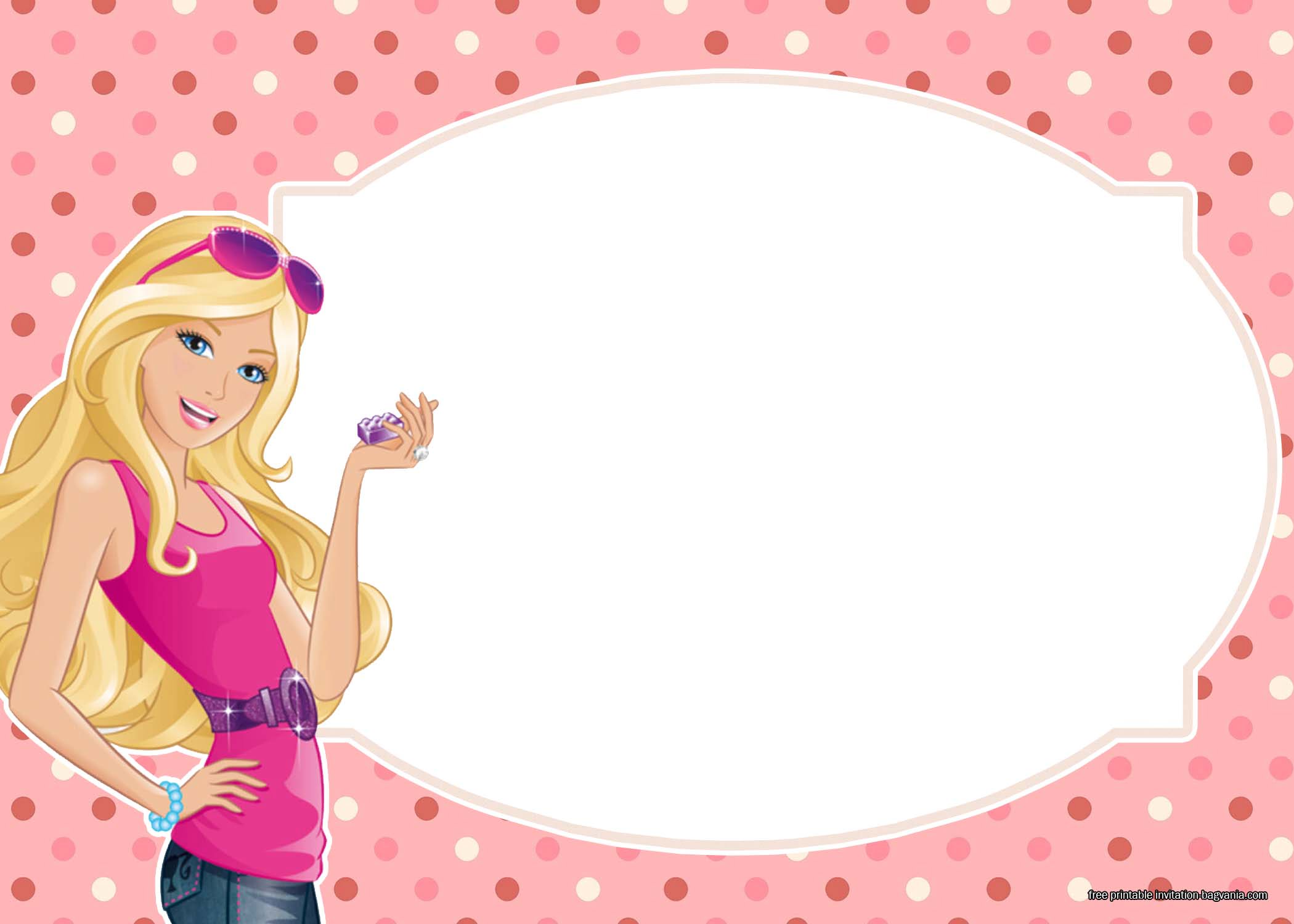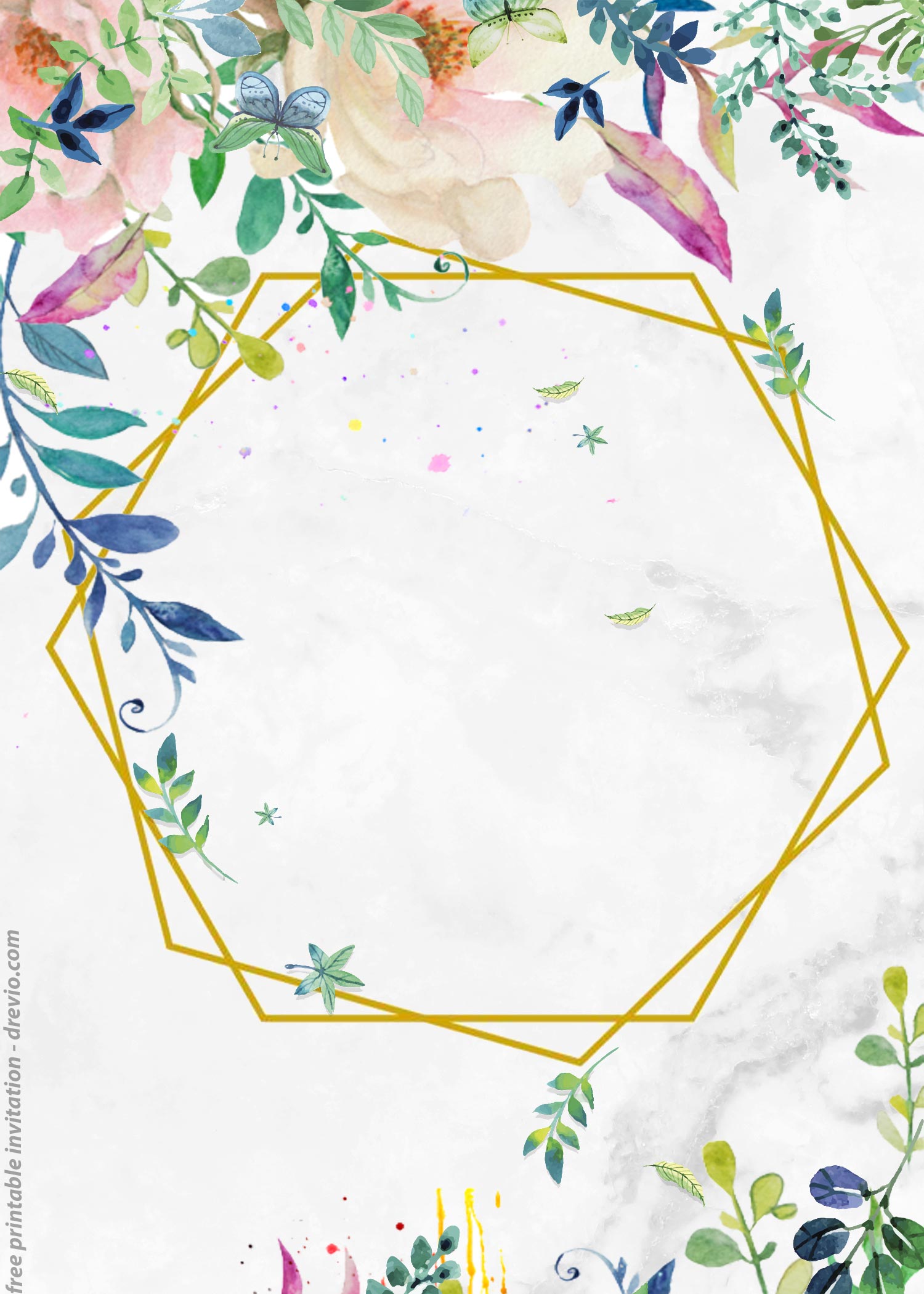Q-tip painting is a simple yet incredibly fun art activity that sparks creativity in children of all ages. Instead of using traditional paintbrushes, kids use cotton swabs (Q-tips) to dab, dot, and swirl paint onto paper, creating unique textures and patterns. This easy-to-set-up activity is perfect for at-home craft time, classrooms, or playdates, and requires just a few basic materials—making it both budget-friendly and mess-manageable. From colorful dot art to more detailed designs, Q-tip painting gives children the freedom to explore their artistic side in a new and engaging way.
Beyond just being fun, Q-tip painting supports a variety of developmental benefits. It helps strengthen fine motor skills as kids grip the slender Q-tip and control their hand movements to apply paint precisely. It also boosts hand-eye coordination, encourages focus, and fosters creativity as children experiment with colors, shapes, and designs. Whether they’re following a guided pattern or creating their own masterpiece, this activity provides a balance of structure and imagination, making it a valuable addition to any creative play or learning environment.
Q-Tip Painting Activity Ideas
1. Q-tip Painting with Colored Templates
Using Q-tip painting with colored templates is a great way to introduce younger children to the activity in a guided and visually engaging way. These templates often feature simple images—like animals, flowers, or shapes—already filled with color, and children use Q-tips to dot paint to complete the designs. This approach allows kids to focus on developing their fine motor control and precision without the pressure of choosing colors or staying within complex lines. It’s also a calming activity that encourages attention to detail while still being accessible and fun.
This method is especially helpful for toddlers and preschoolers, as it provides a sense of accomplishment with minimal frustration. The added bonus is that it can easily be tied into special holidays, seasonal or themed lessons—like painting over a rainbow during spring or a snowman in winter—making it both entertaining and educational. Try out these two amazing templates from 15worksheets.com below.


2. Q-tip Painting as an Educational Activity
Q-tip painting can be cleverly used as an educational tool to support early literacy and writing skills. Pre-writing worksheets with dotted lines forming shapes, strokes, or patterns can be paired with Q-tips for a paint-tracing activity. Children learn to control their hand movements as they follow the dotted paths with their Q-tip and paint, building the motor skills necessary for holding pencils and forming letters later on.

Another great use is for practicing the alphabet. Kids can dab paint over large bubble letters or trace over dotted letter outlines, helping them become familiar with letter shapes in a fun, hands-on way. This method reinforces letter recognition, stroke order, and concentration, making Q-tip painting a playful yet powerful pre-writing exercise. Head to paperscissorcraft.com for alphabet Q-tip painting template like this one below.

3. More Complex Pictures and Larger Areas to Paint (for Older Kids)
As children grow older, Q-tip painting can be adapted to more complex images and larger designs. Instead of simple templates, older kids can work on intricate illustrations, landscapes, or even simple pointillism-inspired art where pictures are formed entirely by dots. They’ll enjoy the challenge of filling in details, shading with dots, and planning their use of color and space.
Painting larger areas with Q-tips also helps develop patience, control, and perseverance. Older children can experiment with techniques like layering colors or blending by varying the pressure and spacing of their dots. This version of Q-tip painting encourages deeper artistic expression while still strengthening fine motor skills and concentration.

4. Creating Their Own Masterpiece
One of the most creative and open-ended ways to enjoy Q-tip painting is by letting children design their own masterpiece from scratch. With a blank sheet of paper, a palette of paints, and a handful of Q-tips, kids are free to express their ideas however they like—whether it’s a colorful abstract design, a nature scene, or a character from their imagination.
This activity fosters independent thinking, decision-making, and self-expression. Children learn to plan their art, choose their colors, and explore patterns and textures without rules or restrictions. It’s an excellent opportunity for them to take ownership of their creativity and proudly produce something that’s entirely their own.
Benefits of Q-Tip Painting for Kids
For a lot of parents and caregivers, activities are just something to keep our little ones occupied, and we engaged them in many different activities to keep them busy. However, activities for children, including Q-tip painting, can actually benefit a child’s developing brain in so many different ways. Here are the benefits of Q-tip painting for children:
-
Develops Fine Motor Skills
Gripping a small Q-tip and dabbing it with control helps strengthen the small muscles in a child’s hands and fingers. These skills are essential for writing, buttoning clothes, and other daily tasks. -
Improves Hand-Eye Coordination
Children learn to coordinate their hand movements with what they see as they aim the Q-tip on specific areas of the paper. This supports accuracy and control in various activities beyond art. -
Encourages Creativity and Self-Expression
Whether following a template or creating freely, kids get to explore colors, patterns, and designs in their own unique way. This fosters imagination and builds confidence in their artistic abilities. -
Promotes Focus and Patience
Q-tip painting takes time and care, especially with detailed or large projects. It helps children practice staying focused and being patient as they work toward a finished piece. -
Supports Pre-Writing Skills
When used with tracing or alphabet activities, Q-tip painting reinforces directional movement and shape formation. This prepares young children for pencil control and writing readiness. -
Provides a Calming Sensory Experience
The repetitive dabbing motion and smooth paint texture offer a soothing and engaging sensory activity. It can help children relax, especially in quiet time or transition periods. -
Boosts Confidence Through Accomplishment
Completing a painting project, even a small one, gives kids a sense of achievement. Displaying their work or sharing it with others further boosts their self-esteem.
Incorporating Q-Tip Painting into a Party or Playdate
Incorporating Q-tip painting into a party or playdate is a great way to combine creativity with social fun. Set up a simple painting station with paper, paint in a variety of colors, and plenty of Q-tips for each child. You can use themed templates—like balloons, animals, or seasonal shapes—to match the occasion, making the activity feel festive and engaging. It’s easy to manage with minimal mess and requires no fancy supplies, so kids of different ages can join in without stress.
This activity also works well as a calm, focused break between more energetic games. Children can paint side by side, chat as they create, and even display their finished artwork as party decorations or take-home souvenirs. For added fun, turn it into a mini art show or friendly contest where everyone’s creativity is celebrated. Q-tip painting makes any gathering more memorable while encouraging connection, expression, and hands-on fun.
You can also turn a Q-tip painting activity into some really fun, high energy games to get all the kids involved. Here are a couple of ideas on how to do so:
1. Q-tip Painting Relay
Divide the children into small teams and give each team a shared template (like a big balloon or flower outline). Place the paint trays at one end of the table or room and the templates at the other. One child from each team runs to dip their Q-tip in paint, runs back to dot a small section of the template, then passes the Q-tip baton to the next teammate. The team that fills in the most colorful dots or completes their picture first wins a small prize. This game combines art with movement and teamwork, making it perfect for raising energy while still keeping the creative element.
2. Mystery Dot Challenge
Give each child a blank sheet and secretly assign each one a color and a shape (e.g., red circles, blue stars, green hearts). Set a timer and have them use Q-tips to create a painting using only dots of their color and their shape—but they can’t tell anyone what it is. At the end, everyone takes turns guessing what each person’s mystery design represents. This game adds an element of surprise, creativity, and laughter, making it a fun and imaginative group activity.
Free Invitation Templates
To make your Q-tip painting party or playdate even more special, consider providing fun and colorful invitation templates. These can feature paint splatters, Q-tip designs, or art-themed elements like palettes and easels to match the creative vibe of the event. You can customize the invitations with details like date, time, location, and a playful message such as “Join us for a day of dots, dabs, and colorful fun!” Printable versions are great for handing out in person, while digital versions make it easy to send invites by email or message. Including a sneak peek of the theme gets kids excited in advance and sets the tone for a vibrant, hands-on experience!
- 7+ Dazzling Carnival Card For Birthday Invitation Templates
- 7+ Cool Alien Spaceship For Birthday Invitation Templates


Final Thoughts
Q-tip painting is a wonderfully versatile activity that blends creativity, learning, and fun in a simple, accessible way. Whether children are tracing letters, filling in colorful templates, or designing their own masterpieces, they’re actively building fine motor skills, coordination, and confidence. It’s an activity that grows with them—easy enough for toddlers to enjoy, yet flexible enough to challenge older kids with more detailed designs. The minimal setup and cleanup make it a favorite among parents and educators alike.
From quiet crafting sessions to energetic party games, Q-tip painting fits beautifully into a wide variety of settings. It encourages kids to express themselves, work together, and take pride in what they create. Whether used for learning, playdates, or celebrations, Q-tip painting delivers both joyful moments and meaningful developmental benefits—proving that something as small as a cotton swab can spark big creativity.































